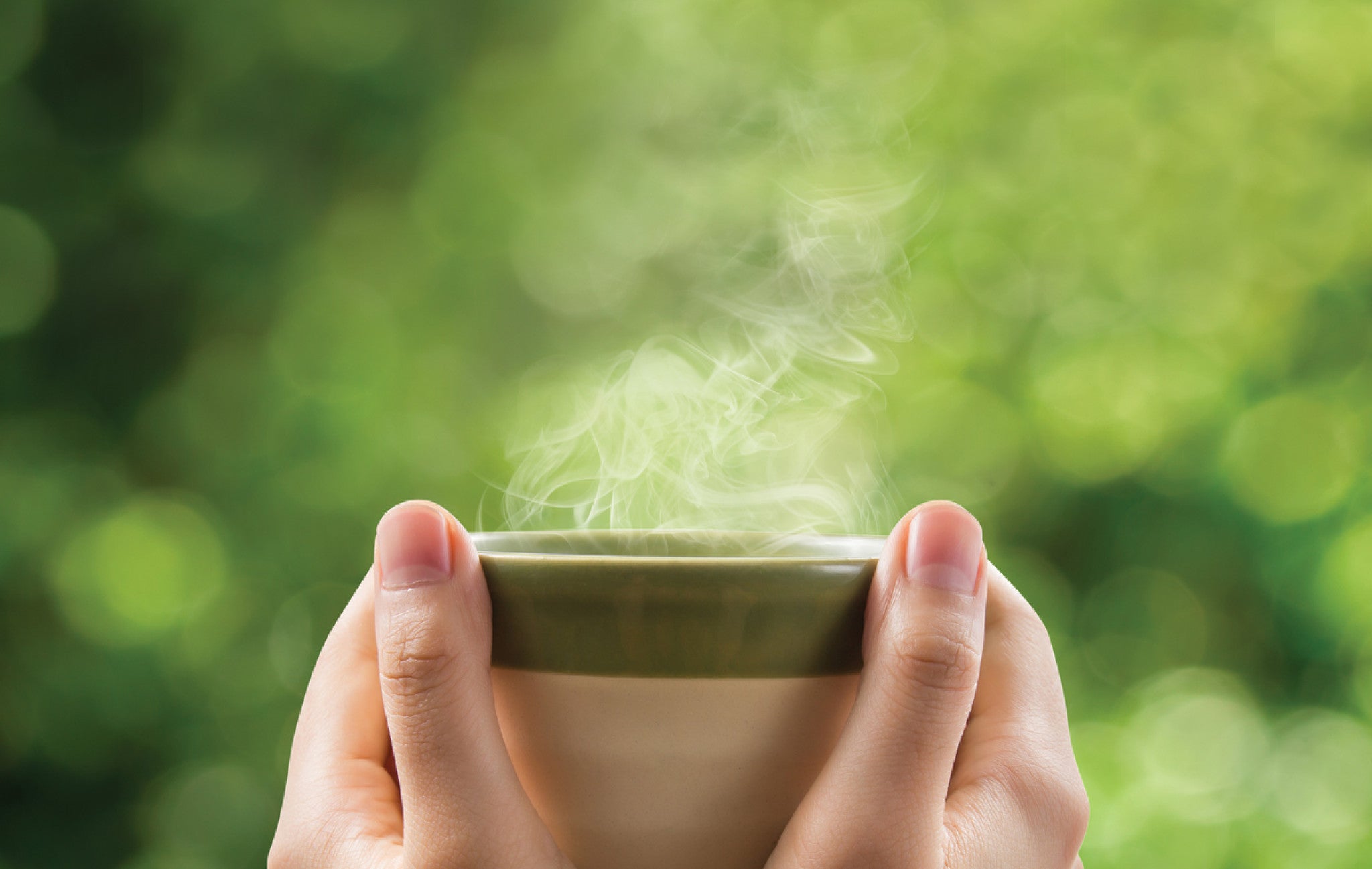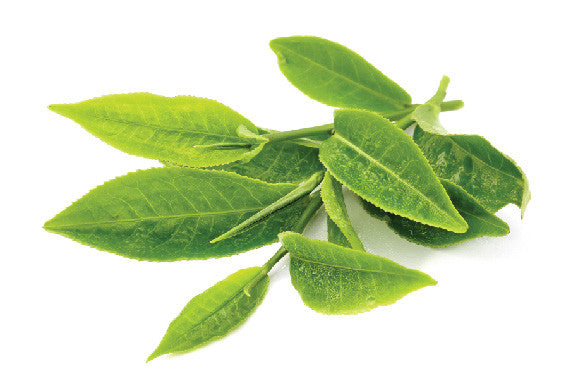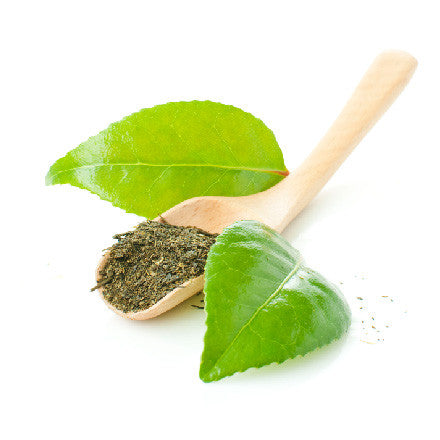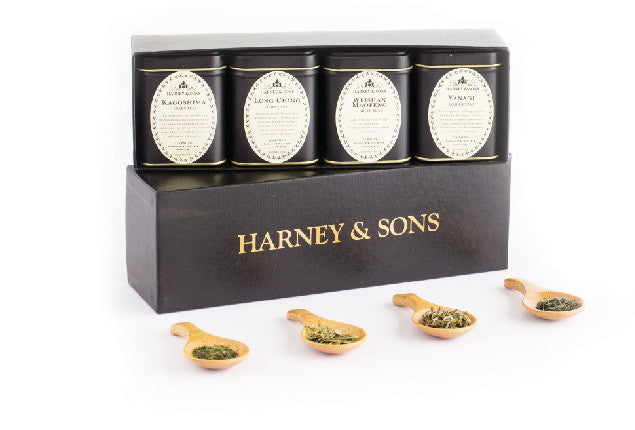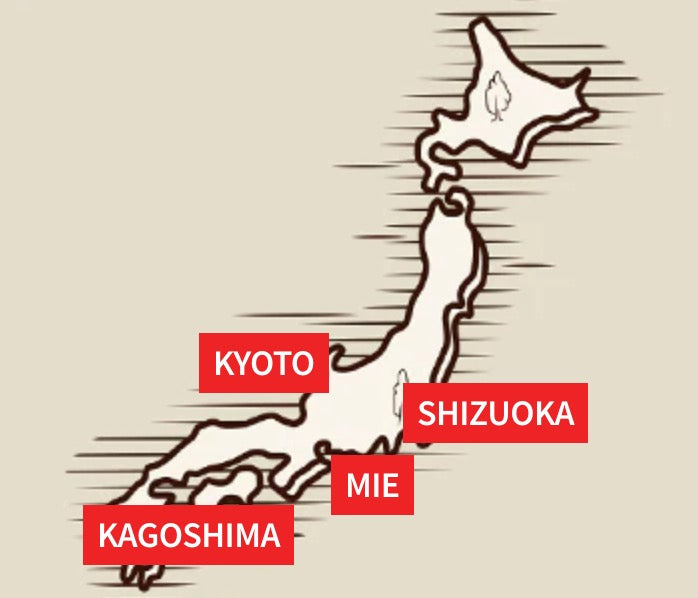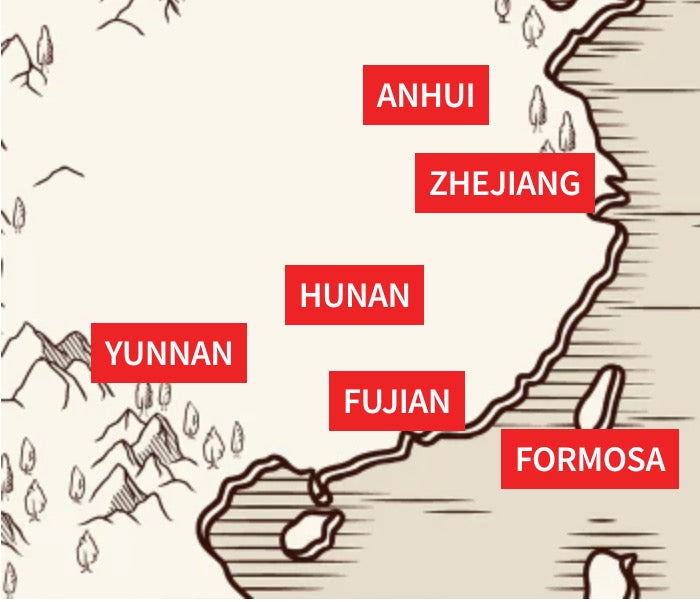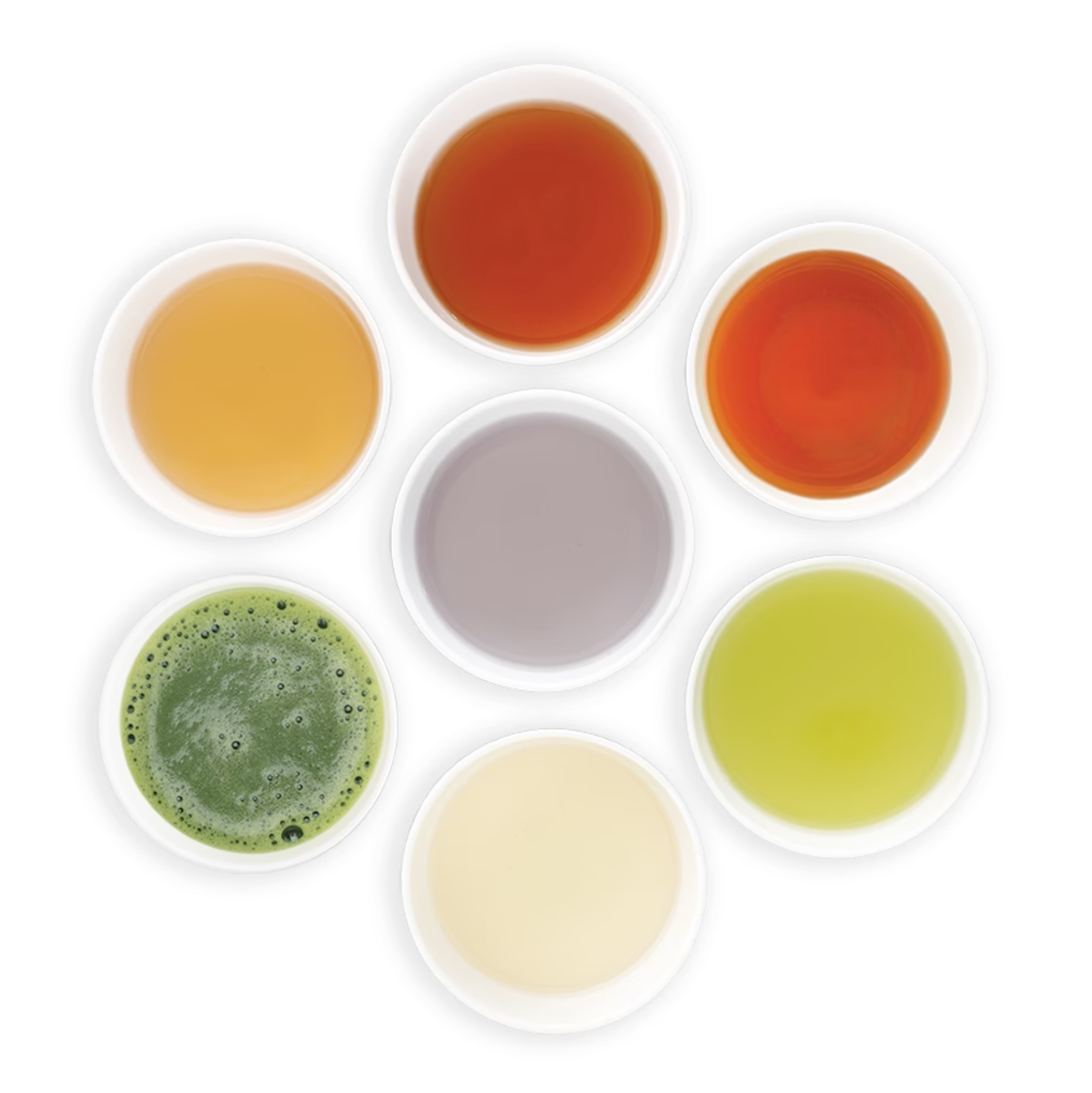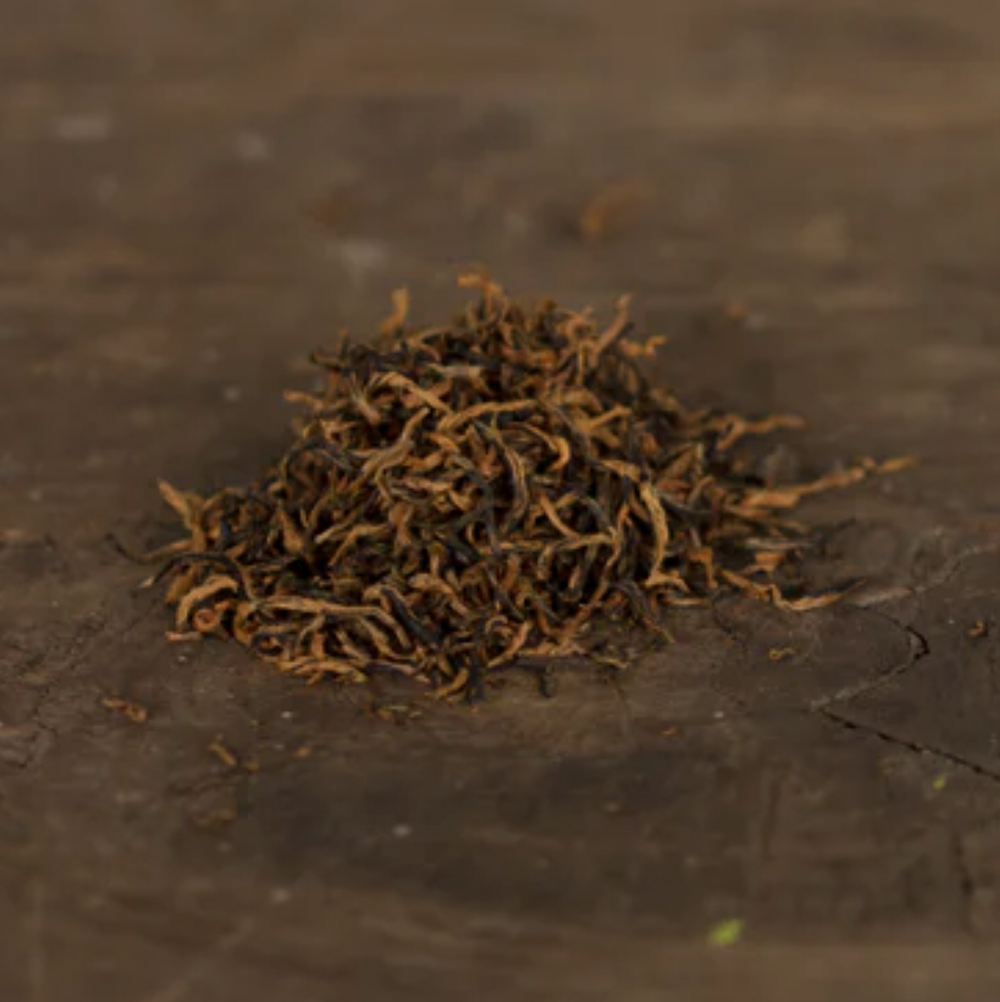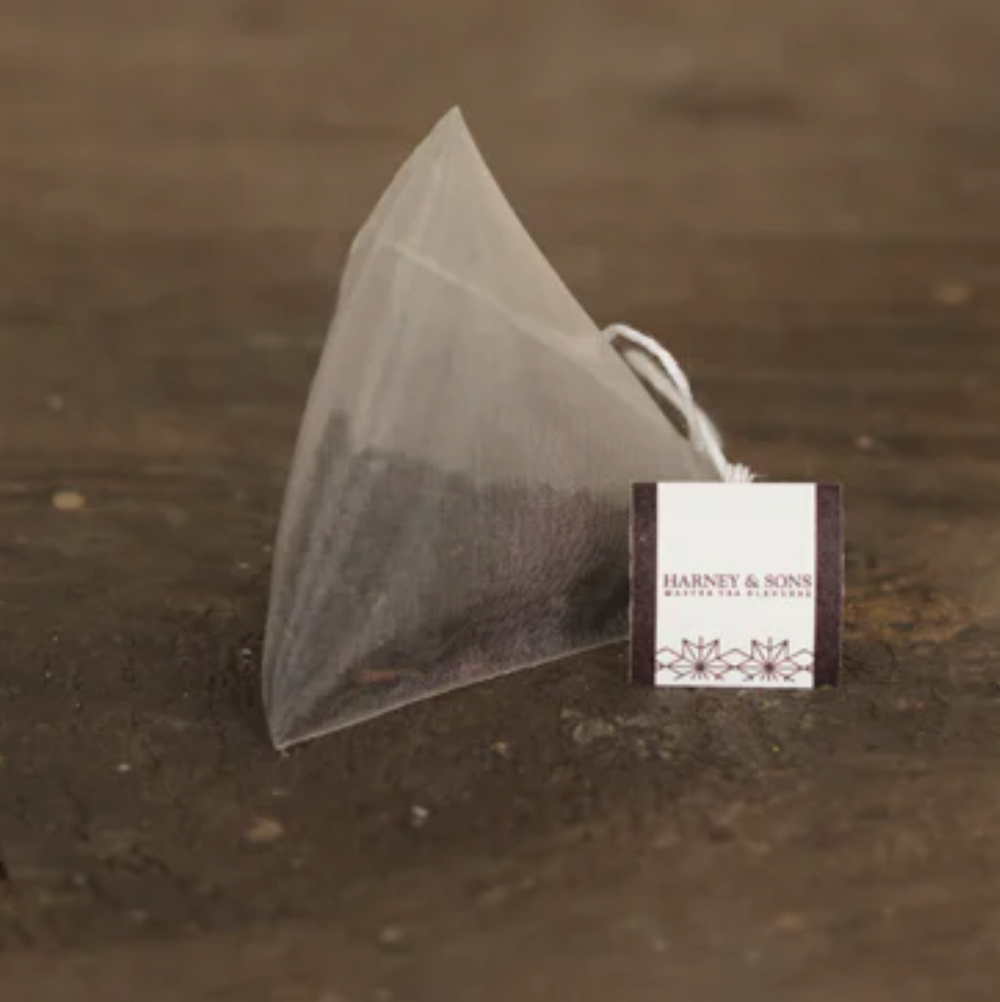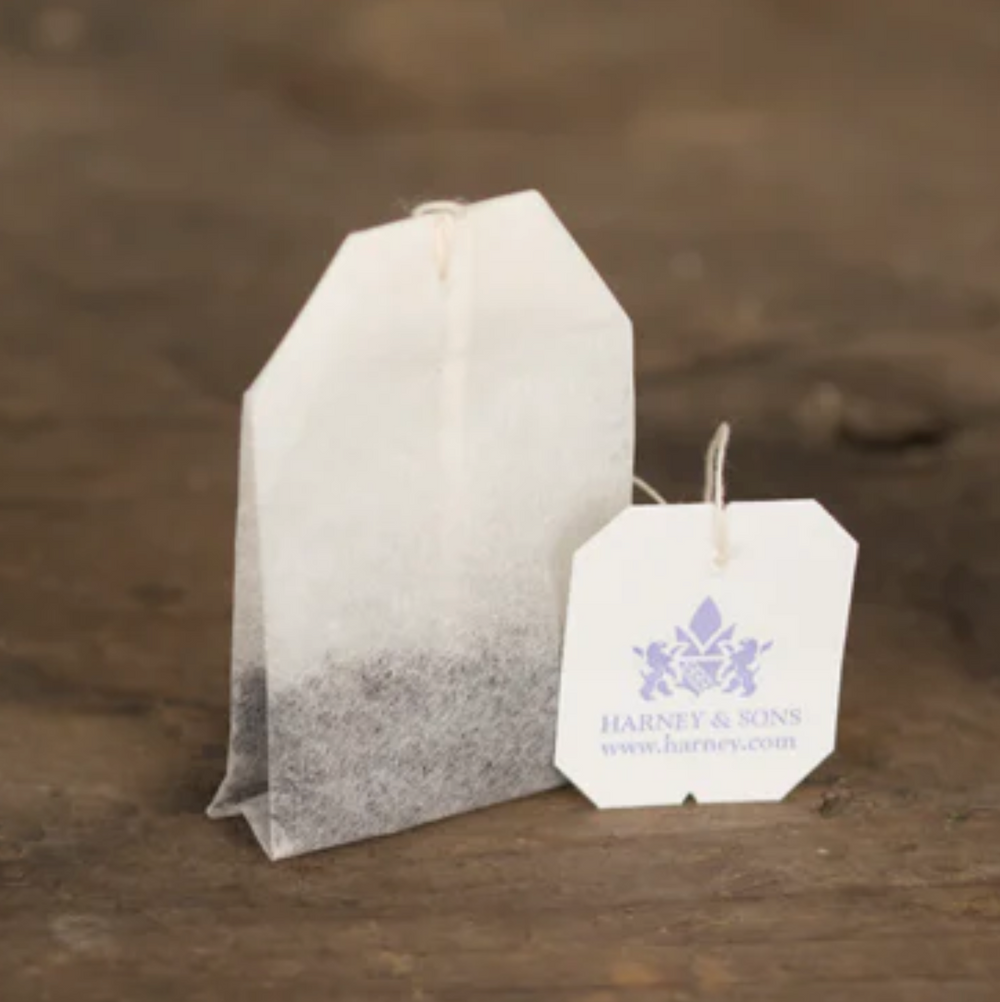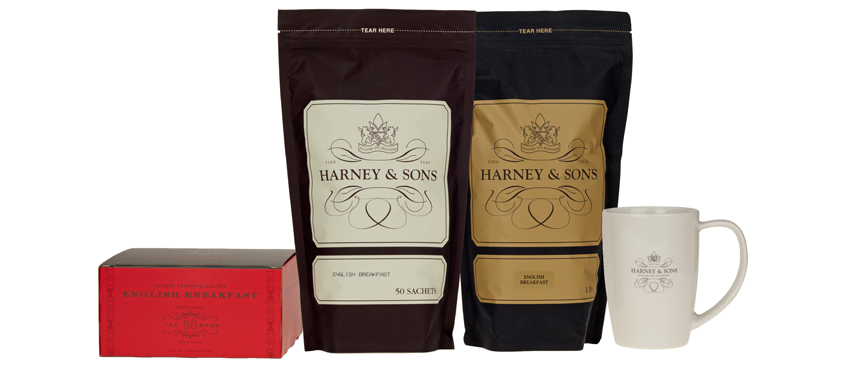We all know of the terrible tragedy that happened in Fukushima in 2011. At that time there was evidence that some of the radiation drifted over Tokyo and even went as far as the northern limits of Japan's Shizuoka tea growing area. At that time, the Japanese and US governments set up radiation tests on tea. We also did tests on teas that arrived from south of the affected area. Our tests did not detect any radiation in 2011.
In 2012, testing continued by the Japanese government. None was detected. The type of radiation that was spread rapidly degrades.
Since 2013, testing has been relaxed. However, recently there has been notice about the radiation leaking from ruined plant. Combined with the lives that have been forever altered by the nuclear explosion, this is a continuing tragedy. However, unless there is another explosion, and radiation drifts over the tea growing area, tea is not affected.
If you feel that you would like to be sure, Mike Harney counsels to choose teas from the Uji area, which is several hundred miles south. There was never any radiation detected there. That would be Matsuda's, Organic Sencha, Yanagi, and Gyokuro. Also the most southern area of Japan: Kagoshima was very far south.
We do test our large tea purchases for pesticide residues and they do not exceed the stringent EU limits. We do offer certified organic teas that are certified organic under the USDA’s National Organic Program. That means that the growers do not use banned pesticides or artificial fertilizers on the plants. Just to be sure, we test them too. This program is designed to insure that there are not any pesticide problem.


